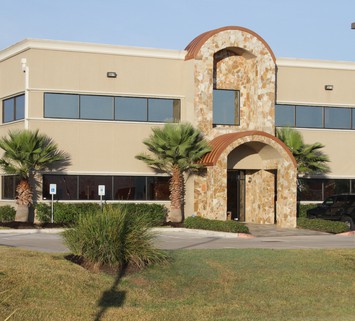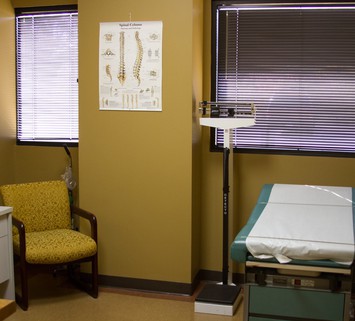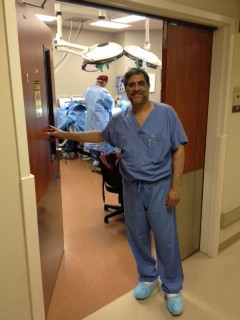What is TLIF surgery? Navigating the different types of spinal surgery can be overwhelming, especially when confronted with complex acronyms. For those unfamiliar, “TLIF surgery” stands for Transforaminal Lumbar Interbody Fusion, a procedure performed to address a range of spinal issues.
While the name might sound daunting, understanding its purpose, procedure, and potential outcomes can demystify this significant intervention in spinal health. In this article, we will provide an overview of TLIF surgery, discuss who might be a candidate, and explore its role in restoring spinal function and relieving pain.
What is TLIF Surgery?
TLIF surgery, an abbreviation for Transforaminal Lumbar Interbody Fusion, constitutes a significant intervention in the realm of spine surgery, primarily aimed at addressing a spectrum of debilitating spinal conditions. From the nuanced complexities of degenerative disc disease to the constraining effects of spinal stenosis and the disruptive shifts of spondylolisthesis, TLIF surgery emerges as a pivotal solution. The procedure unfolds through a meticulous surgical approach, typically initiated with an incision in the lower back, granting access to the spine from a lateral angle. Within this surgical landscape, the core objective of TLIF surgery comes to fruition: the restoration of spinal stability and the alleviation of persistent pain.
Through the meticulous removal of damaged disc material and the strategic insertion of a bone graft or implant into the intervertebral space, surgeons foster spinal fusion—the integration of adjacent vertebrae into a singular, stable structure. Complementing this fusion process, surgeons may deploy screws and rods to reinforce spinal integrity during the crucial phases of healing and alignment. In essence, TLIF surgery offers hope for individuals grappling with spinal afflictions, promising not only relief from discomfort but also a pathway toward enhanced spinal function and improved quality of life.
Who Qualifies for TLIF Surgery?
TLIF surgery is a versatile procedure capable of addressing various spinal conditions that cause pain, instability, and neurological symptoms. Among the primary conditions that a TLIF procedure can effectively target are degenerative disc disease, spinal stenosis, and spondylolisthesis.
Degenerative disc disease involves the gradual breakdown of the intervertebral discs, the cushioning structures between the vertebrae. As these discs deteriorate over time, they may lose their ability to absorb shock and maintain proper spacing between the vertebrae. This can lead to symptoms such as chronic back pain, stiffness, and radiating pain into the buttocks or legs. TLIF surgery aims to alleviate symptoms by removing the damaged disc material and restoring stability to the affected segment of the spine through fusion.
Spinal stenosis refers to the narrowing of the spinal canal or neural foramina, the openings through which spinal nerves exit the spinal cord. This narrowing can result from various factors, including degenerative changes, herniated discs, or bone spurs. As the available space for the spinal cord and nerves diminishes, individuals may experience symptoms such as pain, numbness, tingling, or weakness in the back, buttocks, or legs. TLIF surgery can address spinal stenosis by decompressing the affected nerves and stabilizing the spine to prevent further narrowing and alleviate symptoms.
Spondylolisthesis occurs when one vertebra slips forward or backward in relation to the adjacent vertebra, disrupting spinal alignment and stability. This misalignment can occur due to congenital abnormalities, degenerative changes, or traumatic injury. Spondylolisthesis may result in localized back pain, radiating leg pain, and neurological symptoms if the displaced vertebra compresses nearby nerves. TLIF surgery is often employed to realign the vertebrae and stabilize the spine, reducing symptoms and preventing further slippage.
Beyond these primary conditions, TLIF surgery may also be considered for other spinal pathologies, including spinal fractures, recurrent disc herniations, and certain types of spinal tumors or infections. The versatility of TLIF surgery lies in its ability to address a wide range of spinal issues, offering patients the potential for pain relief, improved function, and enhanced quality of life.
TLIF Surgery at Texas Spine Center
For individuals grappling with persistent back pain and spinal issues, TLIF surgery offers a path toward relief and restoration. At Texas Spine Center, we recognize the profound impact that chronic back pain can have on daily life, and we are dedicated to providing comprehensive solutions tailored to each patient's unique needs. As part of our commitment to excellence, we offer TLIF surgery as an option for addressing a range of spinal conditions, from degenerative disc disease to spinal stenosis and spondylolisthesis.
What sets Texas Spine Center apart is our unwavering dedication to employing state-of-the-art minimally invasive techniques in performing TLIF surgery. Through these advanced approaches, we strive to minimize surgical trauma, reduce recovery time, and optimize outcomes, ultimately aiming to restore spinal stability and a higher quality of life for our patients. Our experienced team of spine surgeons, coupled with cutting-edge technology and personalized care, ensures that each individual receives the highest standard of treatment and support throughout their journey to wellness.
If you're ready to take the first step toward overcoming back pain and reclaiming your life, we invite you to explore the transformative possibilities of TLIF surgery at Texas Spine Center. Contact us today or visit our website to schedule a consultation and discover how we can help you achieve lasting relief and renewed vitality. Your journey to a healthier, happier spine begins here.



